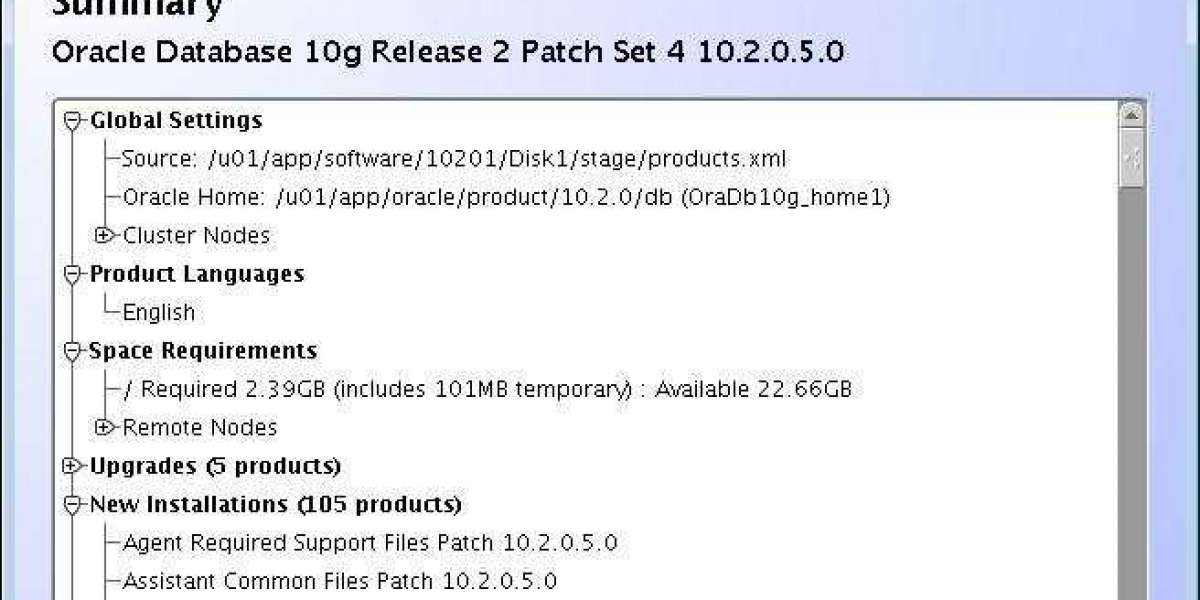1 Introduction
In software testing, automated testing refers to the process of using other software independent of the software under test to automatically execute tests, compare actual results with expectations, and generate test reports. After the test process has been determined, test automation can automatically perform some repetitive but necessary test work. It is also possible to accomplish tests that would be nearly impossible to do manually. For continuous delivery and continuous integration development methods, test automation is crucial.
With the increasing scale of software systems and the continuous expansion of application fields, the testing of software systems has become more difficult and complex, and the limitations of traditional manual testing have become more and more obvious. Automated software testing techniques can overcome many problems of traditional testing techniques. Automated testing is based on a set of strict testing rules and evaluation standards, with a complete automated testing process. Therefore, it can avoid test omissions caused by inertial thinking of testers, and can also reduce human errors caused by repetitive work in manual testing.
2. Significance and advantages of automated testing
Automated testing, especially the automation of unit testing, is a key feature of Extreme Programming and agile software development, also known as test-driven development (TDD). The use cases for unit tests can be designed before the code is written and exist as a defined form of functionality. As new code is written, unit tests are performed, bugs are found, and the code is continuously improved. Since developers can discover defects in time and make changes immediately, the cost of repair is greatly reduced. This continuous development method is considered to be more reliable than the waterfall model, which is a method of retesting after development.
Using unit testing frameworks (such as JUnit, NUnit and other "xUnit" type testing frameworks) to perform automated testing is a major trend in the software development industry. The application of the unit testing framework makes it possible to conduct relevant unit tests immediately after the development of each part of the code to verify whether they are running as expected.
Manually completing some software testing tasks (such as regression testing of a large number of low-level interfaces) is very difficult and time-consuming, and it is not efficient to find certain types of defects. Therefore, test automation provides an effective way to complete this type of work.
Once the automated testing method is developed, the future testing work will be completed in an efficient cycle. Many times this is an efficient way to perform long-term regression testing on software products. After all, a regression introduced in a tiny patch early on can cause huge damage later on.
3. Limitations of automated testing
Although automated testing (especially for regression issues) can bring cost savings in the long run, it may still generate huge overhead to automate all tests in the short term. Usually, the industry uses a combination of manual testing and automated testing. method to complete the test work.
Although testing is "automated," human input is still required for test result analysis, test script maintenance, and writing.
4. Requirements for automated testing
4.1. Requirements for test cases
Most of the test cases that need to be automated are an important part of the regression test that needs to be performed every time the code is modified in the product under test. Taking automated testing methods for such parts can greatly reduce the manpower and material resources consumed by manual testing.
4.2. Requirements for testers
Since the test cases and output results in automated testing are composed of codes, test engineers (or software quality assurance personnel) must have the ability to code software. However, some test automation tools support specifying test steps through keywords, thus exempting the process of programming, and for testers, they are no longer required to master programming skills.
4.3. Requirements for the team
What to automate, when it can be automated, and whether the team really needs to automate—these three questions are the key decisions that a test (or development) team must make.
Suche
Beliebte Beiträge
-
 Vdmx 5 Pc Activation Free Keygen Ultimate
Durch raltavencomp
Vdmx 5 Pc Activation Free Keygen Ultimate
Durch raltavencomp -
 Pc UltraISO Premium Utorrent 64 Exe License Full Version [PORTABLE]
Durch rauquigepo
Pc UltraISO Premium Utorrent 64 Exe License Full Version [PORTABLE]
Durch rauquigepo -
 lightning Crocs
Durch paulvela
lightning Crocs
Durch paulvela -
 Oracle Database 10g Release 2 10.2.0.5 Utorrent Pc .rar Full Version Activation
Durch hinpodurra
Oracle Database 10g Release 2 10.2.0.5 Utorrent Pc .rar Full Version Activation
Durch hinpodurra -
 speedy grade
Durch dianeparker
speedy grade
Durch dianeparker
Kategorien



